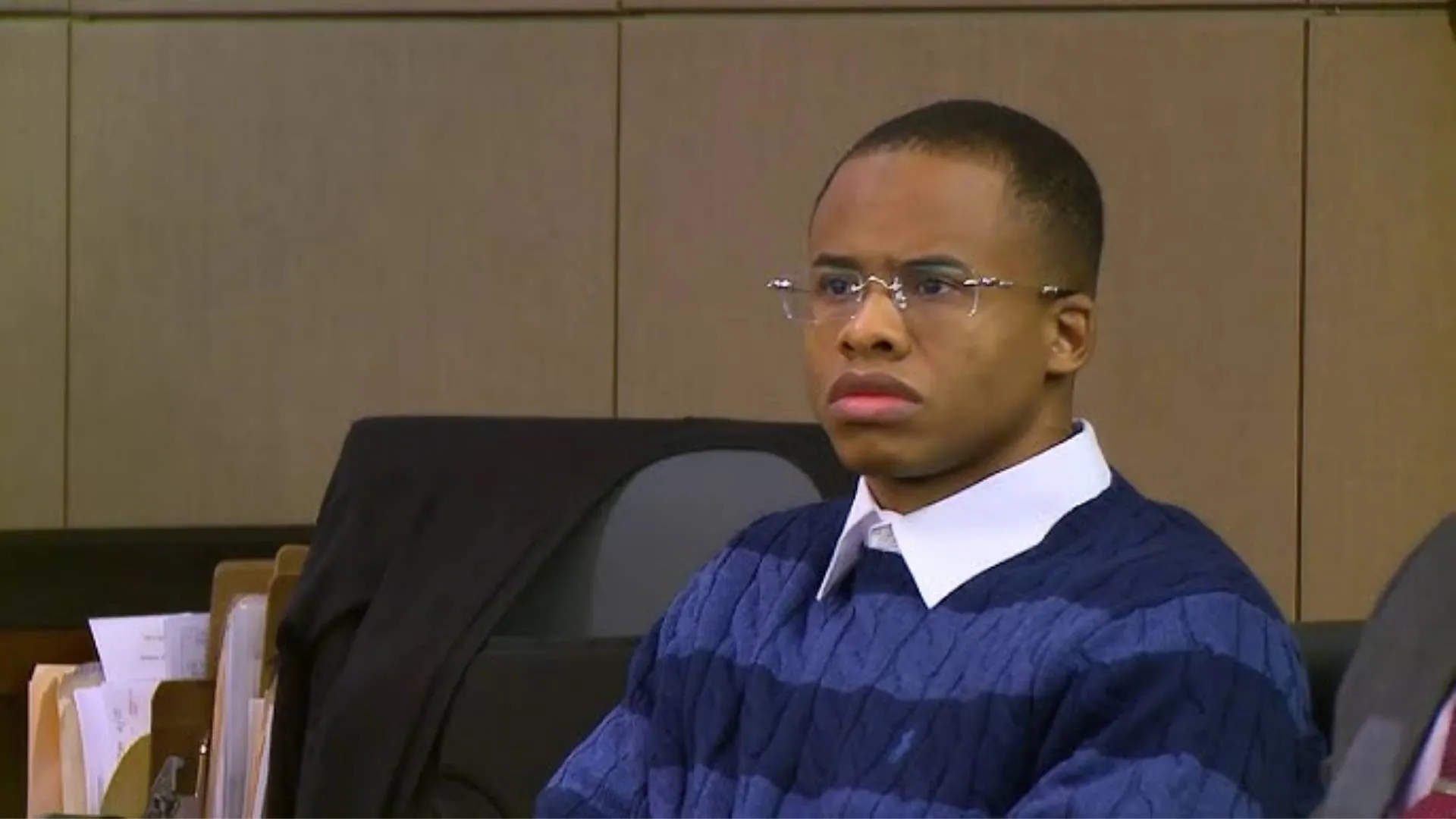People residing in the National Capital tend to lose their lives upto 12 years ahead of their actual life expectancy.
Delhi’s ongoing battle with severe air pollution is having a profound impact on the life expectancy of its residents, according to the latest findings from the Air Quality Life Index 2024 report. The report, which underscores the city’s standing as one of the most polluted areas in the northern plains of India, brings alarming news for the nearly 1.8 crore people living in the National Capital Territory (NCT) of Delhi.
Report By Energy Policy Institute at the University of Chicago
The report, released by the Energy Policy Institute at the University of Chicago (EPIC), reveals that residents of Delhi are projected to lose an average of 11.9 years of life expectancy if air quality continues to exceed the World Health Organisation’s (WHO) guidelines. Even when measured against India’s own national air quality standards, the reduction in life expectancy remains significant at an average of 8.5 years. These stark figures highlight the severe impact of air pollution on public health in Delhi, which is already recognized as the most polluted city in the world.
However, the report also offers a glimmer of hope. If India were to achieve its national standards for particulate matter (PM2.5) concentration, the life expectancy of Delhi’s residents could potentially increase by 8.5 years. Meeting the WHO’s stricter PM2.5 guidelines could lead to an even more substantial improvement, potentially adding nearly 12 years to the average life expectancy in Delhi.
PM2.5 refers to fine particulate matter less than 2.5 micrometers in diameter, which poses serious health risks as it can deeply penetrate the respiratory system, causing a range of respiratory and cardiovascular problems. These particles are a major contributor to the city’s toxic air, and their high concentration is a key factor in the region’s health challenges.
The EPIC report emphasizes that the annual PM2.5 standard in India is set at 40 micrograms per cubic meter. Despite this, more than 40 percent of India’s population is exposed to air that exceeds this limit, further highlighting the urgent need for effective pollution control measures across the country.
Meanwhile, Delhi’s weather continues to show typical seasonal patterns. The maximum temperature on Wednesday was recorded at 34 degrees Celsius, aligning with the normal range for this time of year, according to the India Meteorological Department (IMD). The humidity level remained high at 85% at 5:30 pm, contributing to the overall discomfort for residents.
Yellow Alert
The IMD has issued a “yellow” alert for Thursday, indicating the potential for adverse weather conditions that could disrupt normal life. The department has forecasted a cloudy sky accompanied by moderate rain, with maximum and minimum temperatures expected to hover around 34 and 23 degrees Celsius, respectively.
Rainfall was recorded in various parts of the city between 8:30 am on August 27 and 8:30 am on August 28. Safdarjung, Delhi’s primary weather station, reported 9.8 mm of rainfall, while other locations like Lodhi Road, Ridge, Ayanagar, and Palam recorded 9.3 mm, 14.5 mm, 7.4 mm, and 7.7 mm, respectively, according to the IMD.
Also Read: Rising Temperatures: A New Predictor of Food Inflation in India, Says HSBC
These mixed weather patterns and the continuing issue of air pollution underline the complex challenges facing Delhi’s residents and policymakers. As the city grapples with these environmental and health issues, the need for comprehensive solutions and proactive measures becomes increasingly clear.























